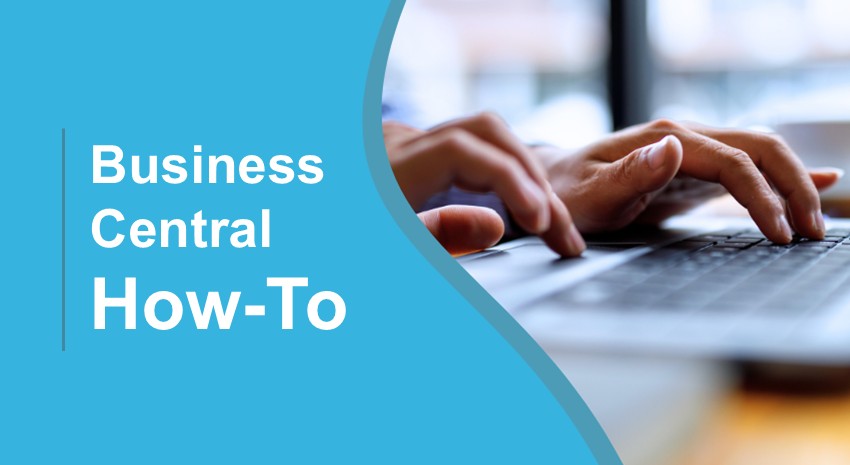Dynamics NAV Coffee Break: Employee Ledger Entries

The latest release of Microsoft Dynamics NAV, NAV 2018, offers a new feature called Employee Ledger Entries. This feature allows you to pay your employees with the same ease and efficiency as a vendor. Gwen demonstrates how to use this functionality to improve your efficiency. She walks through how to edit an Employee Card, update the General Journal, and more. She also highlights the new Suggest Employee Payments option in this how-to video.
You can view this video and many other video tutorials for Dynamics NAV at ArcherPoint’s YouTube Channel.
See our blog for a comprehensive review of everything that is new in Dynamics NAV 2018 and see our What’s New in Dynamics NAV 2018 webinar recording.
Below is a transcript of the video for your convenience:
Trending Posts
Stay Informed
Choose Your Preferences
"*required" indicates required fields
